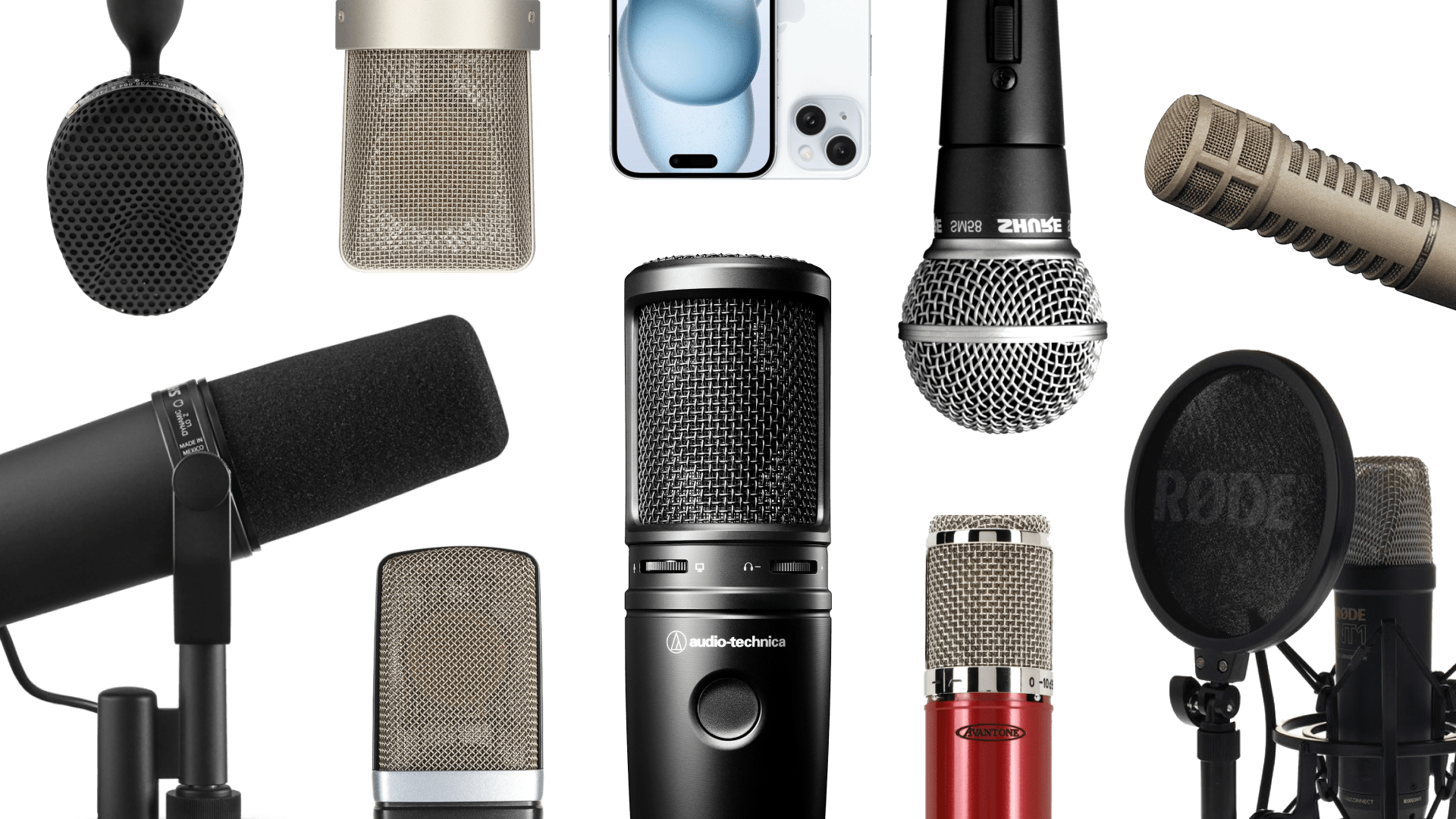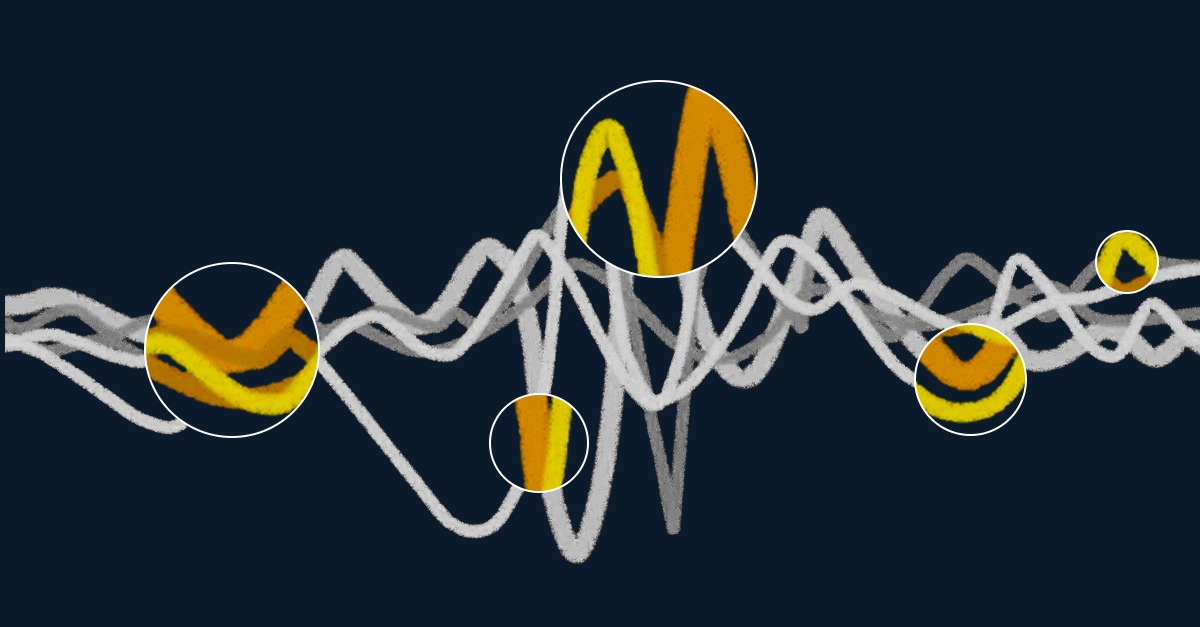
What is Timbre in Music? Sound Colour and Texture Explained

The sounds you use in your music each have their own distinct character. Whether they come from VSTs, sample packs or your audio interface, the quality that makes them unique is called timbre.
Timbre is a basic concept in music that affects everything from sound design to arrangement and mixing.
When trying to describe timbre’s meaning in music, it can be tough to know where to start. Timbre is a foundational concept that will impact every aspect of your process as you design your own sound.
In this article, I’ll start by offering a definition of timbre in music. I’ll then break down the four primary aspects of timbre and, finally, explain how a better understanding of timbre can improve your music. This article will get a little deep, but I’ll include some great resources along the way so you can get more information on some of the trickier concepts.
What is timbre in music?
Knowing how to describe timbre in music isn’t easy. It’s something nearly anyone who enjoys music can understand intuitively but explaining it in words can be difficult. Timbre (pronounced TAM-ber) is the tone colour or texture of a sound. It’s the quality of sound that lets you tell the difference between two instruments playing the same note. Think of the colour red. Within that colour are a multitude of different shades, from light to dark and everything in between. That, in a nutshell, is timbre in music.
Some musicians may get confused about timbre vs tone, but the simple truth is that timbre and tone are the same things. You can use these words interchangeably.
Timbre is hard to explain because it’s influenced by many different mechanisms in music perception and cognition. Even so, understanding what makes two tones different from one another will help you make decisions about the sounds in your music.
Timbre in music examples
Rather than struggle with how to describe timbre, it can be easier to simply use a few common examples.
Let’s start with the string section of an orchestra. Within this section, you’ll find a variety of different instruments, including violins, violas, cellos, and double basses. A violin and a cello can play the same note, but the note will sound different.
That’s timbre. Even two violins can play the same measure with a different timbre and give the music a unique character.
Remember, timbre is tone or colour. Some common ways to describe different forms of timbre in music are:
- Bright
- Clean
- Smooth
- Round
- Sharp
- Soft
- Harsh
- Heavy
- Light
Voices can also have unique timbres. Think about the difference between Bob Dylan, then Jimi Hendrix singing “All Along the Watchtower.” The different timbre of each voice gives a unique style and feel to their version of the song.
What makes up a sound’s timbre?
Now that you have a basic understanding of timbre, let’s dig a little deeper and look at what timbre is made of. There are five basic characteristics that contribute to a sound’s timbre.
- Noisiness vs tonality
- Harmonic content
- Onset
- Envelope
These are relatively advanced concepts, and I could easily write entire articles on each. However, for this article, I’ll provide a brief overview so we can focus on how you can use tonality to add character and depth to your music.
Noisiness vs. Tonality
It’s easy to tell the difference between a cymbal crash and a synth lead right? One is percussive and noisy, the other is rich and sustained with a clear pitch center.
The biggest difference between the two is the quality of pitch.
When you can clearly hear a sound’s pitch as a letter of the musical alphabet, it means it’s periodic. That’s when the basic pattern of the waveform repeats over and over again with the same shape.
Think of a basic square wave like the one you might use to build a lead or bass sound in your synth. Even if you change its frequency or amplitude, the wave’s basic shape will stay the same.
The opposite is an aperiodic sound like the cymbal crash. Even if you produced a sustained tone with the cymbal, the basic pattern of its waveform would never repeat itself.
Looking on an oscilloscope, the wave would seem random with unpredictable peaks and valleys.
The more aperiodic the sound, the more noisy and discordant it seems.
Even so, aperiodic sounds are essential in music. Struck percussion like snares and hi hats are aperiodic—try to imagine modern music without those!
The balance between noisiness and tunefulness in a sound is one of the easiest timbral qualities to notice.
The balance between noisiness and tunefulness in a sound is one of the easiest timbral qualities to notice.
Harmonic content
Any complex sound—periodic or aperiodic—is made up of a fundamental frequency and overtones that resonate above it.
The combination of a sound’s fundamental with all its overtones makes up how it sounds overall.
The pattern, structure and intensity of the harmonics in a sound determine a lot about their timbre.
If a sound’s overtones appear above its fundamental at regular intervals, it’s harmonic. If the overtones are randomly scattered above the fundamental, it’s inharmonic.
Dense harmonic overtones contribute to the richness and tunefulness of a musical sound.
For example, the sweet, resonant tone of a bowed cello string is a highly harmonic sound rich in harmonic overtones.
The quality of a sound’s overtones and their intensity determine a lot about its timbre.
Onset
The initial moments of a sound are extremely important for how your brain judges musical timbre.
In audio these short bursts of sound at the onset are called transients.
Transients are key for the systems in your brain that help you identify the source of a sound.
Transients are key for the systems in your brain that help you identify the source of a sound.
These systems likely developed to help our ancestors recognize danger quickly and react in time.
A sound’s transients can be aperiodic even if the rest of it has a periodic structure.
This means that the initial moments of a sound can give it a completely different timbre overall.
Envelope
A sound’s amplitude envelope is how its intensity evolves over time.
In synthesis, an envelope can be applied to any parameter in a patch, but it’s most commonly linked to the amplifier to control volume.
For example, the slow attack time of an atmospheric pad sound means that it fades in smoothly before reaching full volume.
Sounds in the real world have an amplitude envelope as well. Some sounds are sharp and decay quickly while others gradually build and sustain as they ring out.
Envelope also helps give your brain clues about the source of a sound, so it’s an important factor in timbre.
Why should you care about timbre?
Up until now, we’ve been talking about what timbre is in sound. Now, it’s time to step out of music theory and focus on how timbre impacts your music. The sonic qualities that influence timbre show up everywhere in music production. But they’re especially important to know for some steps in your workflow.
Timbre affects your
- Sound design
- Arrangement
- Mixing
1. Sound design
Sound design might seem like a dry technical term, but it comes up often in most producers’ workflows.
If you’ve ever tweaked a synth patch, manipulated your samples or changed a sound with audio effects you’ve done it too!
Manipulating timbre is essential to the practice of sound design. Anytime you create a sound or modify an existing one you’ll have to consider its unique timbral qualities. For example, if you want to create a dramatic contrast in your music, choose two sounds that possess very different timbres.
Check out our intro guide to sound design for a deep dive into techniques for working with timbre in sound design.
2. Arrangement
Arrangement is the structure and organization of the sounds in a musical composition.
What instruments or sounds should play which parts in your song? What ranges should they play in and how should they interact with each other?
Building your song’s arrangement means making those decisions as you go. The end result has a big effect on the timbre of each element and the overall texture of the track.
For example, some instruments and synth patches have a completely different tone when playing loud, accented passages. Others sound different whether they play in high or low registers. Some elements in your mix might even take on new characteristics when they blend together with each other
Pay attention to how timbres shift and evolve as you build your song’s arrangement.
3. Mixing
Mixing is about blending all the different timbres of all the different tracks in your mix together. It’s how you create a balanced sound where every element can be heard clearly.
Tools like compression, EQ and reverb are used in mixing to make adjustments to the timbre of individual tracks in your mix.
Keep the individual components of timbre in mind as you mix to get a more objective view of the sounds you’re working with.
Does a sound’s aggressive transients stick out too much? Does its envelope cause it to disappear too quickly to be heard?
Issues like this can be solved using compression.
What about the balance of its harmonic content? Is it lopsided with too much emphasis in one frequency range? That’s where EQ comes in.
Many processes in mixing match up this way with the qualities that affect timbre.
Check out our intro guide to mixing to see how these techniques come together to build a mix.
Sound colour and texture
Understanding timbre is the key to making informed decisions about the sounds you work with in your music.
It may seem academic at first, but the basic characteristics of sound are relevant at every stage in the lifecycle of a song.
The more you study timbre, the more texture and complexity you can add to your music. You’ll also start hearing tonal textures better in the music you listen to every day. In fact, if you really want to improve your awareness of timbre, start looking for it in your favorite songs and from your favorite artists.
What is timbre in music? Now you know the answer and if you’ve made it through this article you’ll have a solid head start on how timbre affects your workflow.
Gear guides, tips, tutorials, inspiration and more—delivered weekly.
Keep up with the LANDR Blog.




